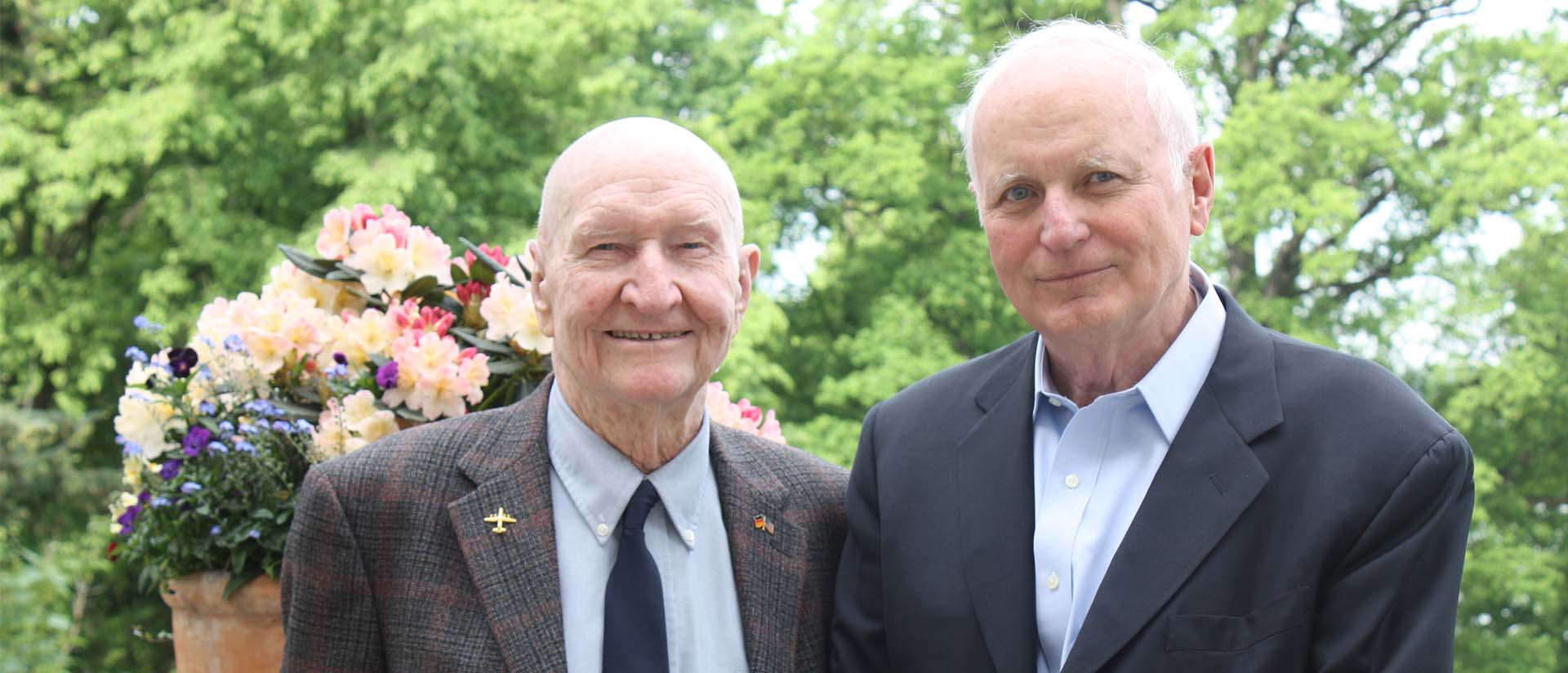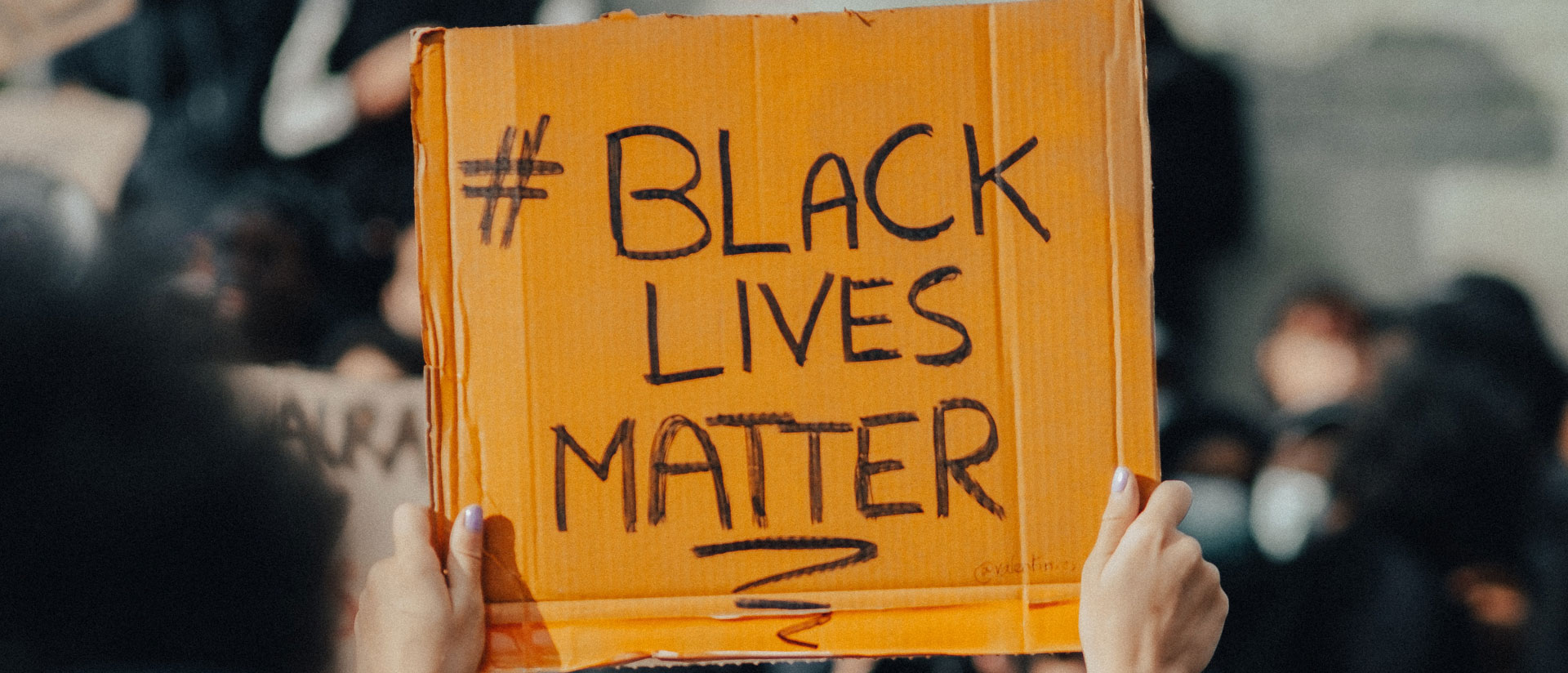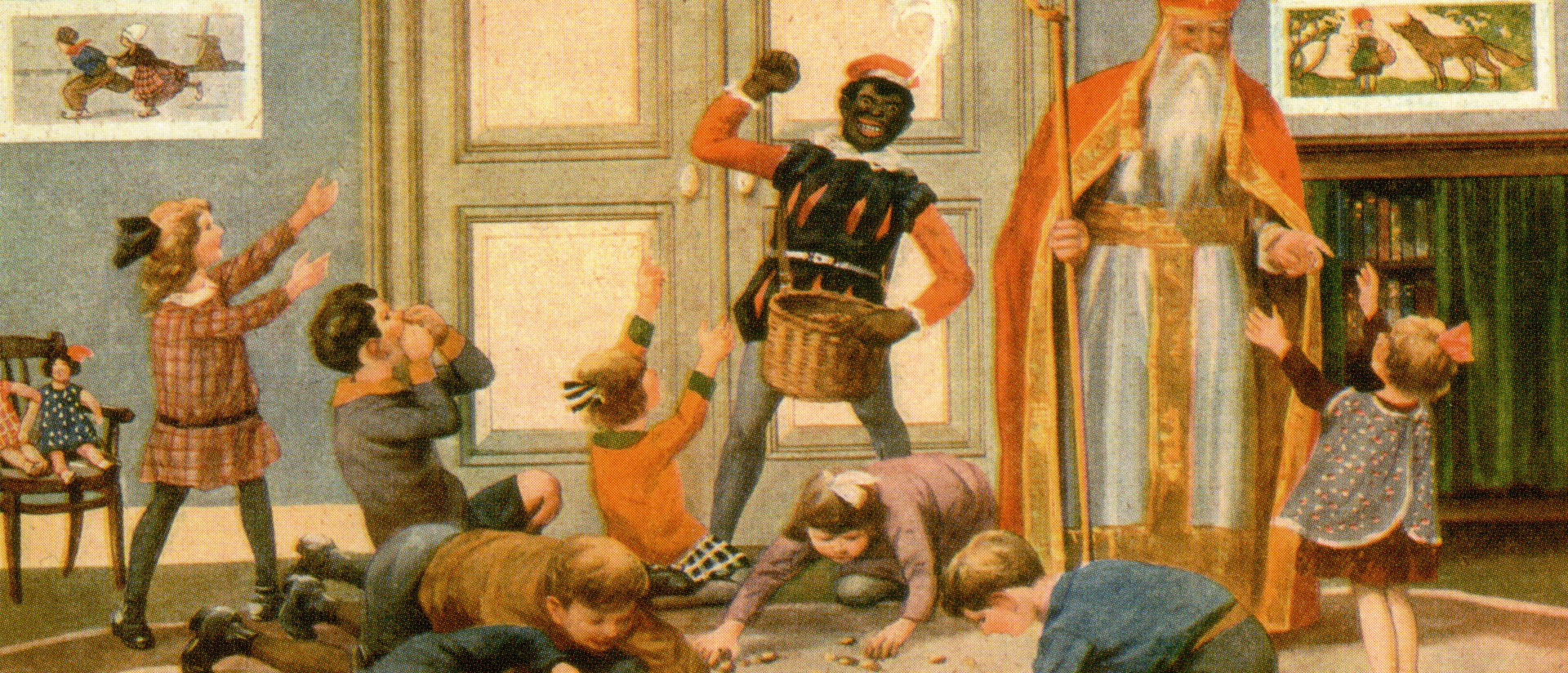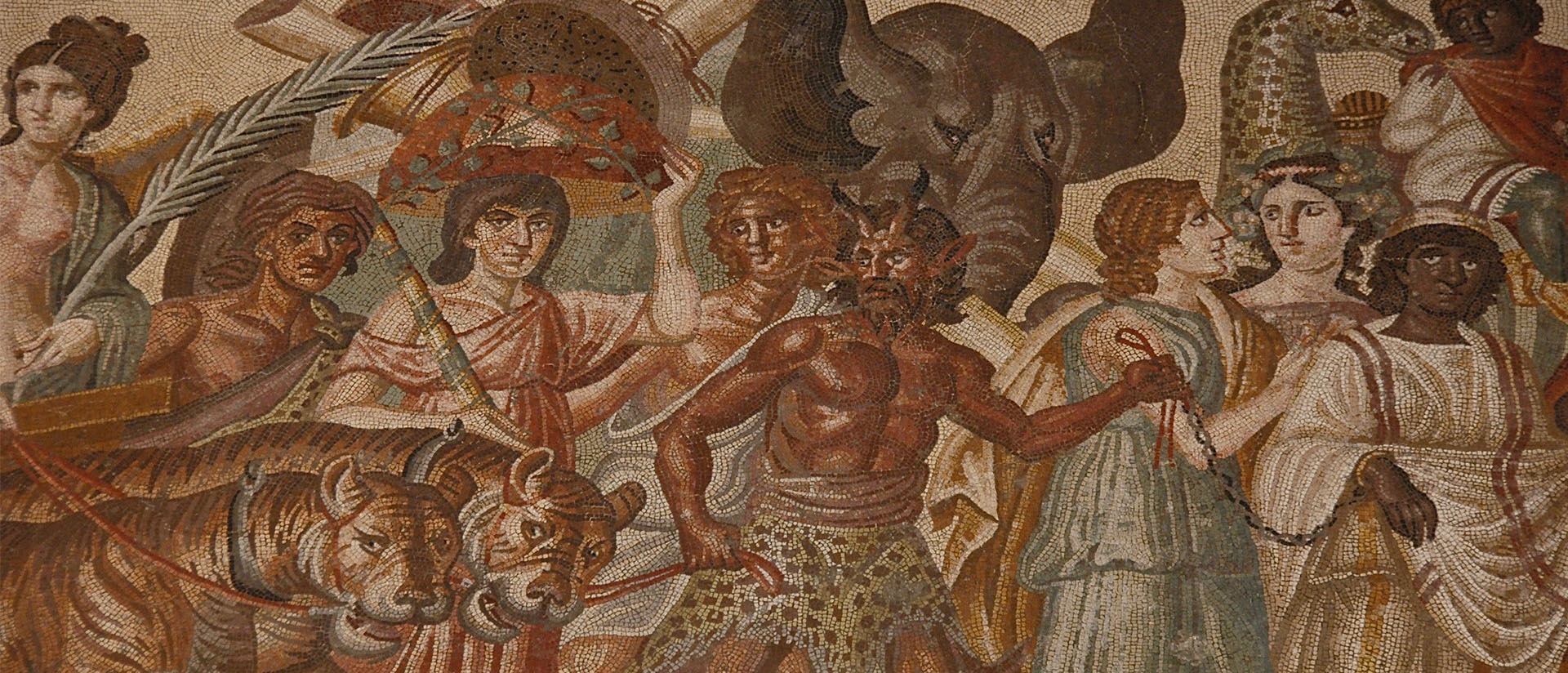
Nicole’s Father Is Not German
What difference does difference make?
By Kristen Renwick Monroe
My daughter Chloe and her friend Nicole were playing one day, when the subject of ethnic background arose. Nicole was in a different classroom than Chloe, so her class had not yet done the ancestry study, where students trace their family tree, but Nicole was interested in the topic nonetheless.
“Chloe’s a mutt,” I told Nicole.
“What’s a mutt?” Nicole demanded, her 12-year-old mind not familiar with the concept.
“It means she’s got a lot of different nationalities roaming around her background. Part Greek from her daddy’s father. English and Scots from his mother. And just about everything from northern Europe, plus a teeny bit of
Cherokee on my side.”
Nicole thought about this a moment.
“You’re a mutt, too,” I continued.
Now Nicole was paying attention. “How do you know that?” she asked.
“Because I know your mother’s mother is French and your dad is part English and part German.”
Nicole’s face froze, her retort sharp and indignant.
“My father is NOT German! He’s art history! He’s chair of the department!”
Raised in an academic ghetto, by a father who indeed was chair of the art history department, and a mother who was both an art history professor and associate dean of humanities, Nicole and her outraged protest reflected her particular worldview, her knowledge of what was important for academics’ kids: academic disciplines. Nicole did not care a hoot about ethnic, racial, religious, or national backgrounds. But little Nicole—so seldom party to the social-science dinner-table conversations that too often bore children of political scientists—illustrates several important concepts that all academics and, indeed the populace as a whole, should incorporate into their discussions of race, ethnicity, and group politics more generally: the concept of moral salience, or the psychological process by which differences between people and groups become deemed ethically and politically relevant. Fleshing this out could have profound effects on our discussions of differences, making us more aware of the social construction of the significance of differences, and how the framing of our discussions of such differences will shape prejudice, discrimination, and the treatment of such different groups. Let me expand, beginning with my experience with Chloe and Nicole.
Nicole and her outraged protest reflected her particular worldview, her knowledge of what was important for academics’ kids: academic disciplines. Nicole did not care a hoot about ethnic, racial, religious, or national backgrounds.
For an academic’s kid, disciplines matter. Disciplines are what allocate resources. Few in American academia even notice, let alone care, if their colleagues are French, or Brazilian, or Chinese.
Nor do academics care much about religion anymore—even if a religious colleague tells us she is reluctant to talk about her Roman Catholic faith, and Islam has now become controversial on many campuses, as it has in the country at large. So perhaps the bad old days are not behind us. But, overall, one’s area of specialization—and perhaps methodological approach—is what is most salient in academia. Faculty brats are thus not raised to think in terms of racial, ethnic, religious, or national prejudice. These differences are simply not relevant for them. They carry no moral salience.
A close friend’s son went off to a summer program at Yale the summer before his senior year. He was approached by a young fellow student. She told him her name and introduced herself as being from New York City and “just your ordinary JAP.”
My friend’s son looked taken aback. Although Allan had been born in Manhattan, he had been raised in California
and had no idea what JAP meant. “Ah, you don’t look Japanese,” he stammered. “Why would you call yourself that?” the sweet young man asked, not realizing how naïve he sounded.
“Jewish American Princess!” the young woman threw back at him. “What planet are you from?”
Like my own children, this young man had been raised in a university ghetto. A bubble, Chloe used to call it, populated by children from all parts of the globe and comprising most of the ethnicities, languages, religions, and skin tones known to man. So the view of the world—what is “natural”—to a child from University Hills looks quite different than it does to most of the rest of the world.
Indeed, Allen phoned his parents his first year at college to tell them that there were “none of my people” at Yale when he first arrived.
“What do you mean?” they asked.
“There are no Asians here,” Allen explained.
His parents assured Allen that there were, in fact, probably a fair number of Asian students at the university; there just weren’t as high a proportion as there were in his honors or AP classes in high school, or on UCI’s campus itself, with its 54 percent Asian population.
Then they gently reminded Allen, “You’re not Asian.”
His rejoinder was quick and to the point. “I know. But they’re my people.” And so, they were, with Allen, eventually majoring in East Asian History.
Allen was able to choose “his people,” choose the group with which he wanted to affiliate, the people with whom he wished to associate, to spend time with. That’s as it should be. We should all be able to choose how we define ourselves, and should not be restricted in this self-definition, as long as how we do that does not hurt ourselves or others.
I wish our political discussions of identity in American politics could reflect such concern for individual freedom and self-definition. Even in American political science, I find an odd confusion between group politics and identity politics. There is a surprising tone in our discussions of differences, one that implies that the group distinctions that currently dominate American politics exist because they reflect some immutable difference between groups in our society.
I accept that variations among people do exist, and that some of these distinctions indeed may even be immutable. But this is not the critical factor in ethics or in politics. What matters is the political and moral salience we accord these differences.
The salience—the ethical or political relevance of a difference—is what is central in how we treat others. Why do certain societies sometimes judge religion to be relevant for how we treat people? Why not make it mathematical ability? Why does the color of my skin matter, but not my ability to speak a language or manage money? Why are linguistic differences sometimes politically relevant, while athletic abilities are not? There are so many ways in which people differ; why do we as a group decide some of these differences carry political or ethical significance, but not others? The designation of one characteristic as politically important is totally and artificially constructed by society; in reality, the treatment of a difference is often constructed by a small group within that society or culture.
There are so many ways in which people differ; why do we as a group decide some of these differences carry political or ethical significance, but not others? The designation of one characteristic as politically important is totally and artificially constructed by society; in reality, the treatment of a difference is often constructed by a small group within that society or culture.
To be clear, social constructions are not necessarily easy to break. We speak of countries—such as France or Germany—as if they had always existed. Yet when we consult any historical atlas, it is immediately evident that countries come and go. Even the very concept of a nation is socially constructed, a concept created by human beings. States do not exist in the same way mosquitoes exist. And we speak of race as if it existed, with skin color denoting some kind of difference that is permanent, immutable. Yet from a biological point of view, we are all members of the same race: homo sapiens sapiens.
Kids get this. Both Nicole and Chloe at some point in their early years came in and asked if they were black. They simply had no clue what it meant to speak of a “black person.” Try explaining to a five year old why some people got to designate some physical differences as ones that justified oppression and inequality. When you attempt that, it is immediately clear how foolish it is to assume that the differences we grow up assuming are ethically relevant are cast in stone, and must condemn us as a society to ongoing prejudice. One of the best social science theories I know that speaks to the important question of prejudice against other groups—reflected so concisely by Nicole—is social identity theory.
Social identity theory was formulated by Henri Tajfel, a Polish Jew born in 1919. Interested in studying chemistry, Tajfel, being Jewish, was prohibited from studying in Poland, so he went to France and studied at the Sorbonne. When World War II broke out, he enlisted in the French army and was captured by the Germans. Miraculously, he survived, but after the war, he returned to Poland to find all his family and most of his friends had perished in the Holocaust. Deeply affected by this loss, Tajfel initially worked for the United Nations, helping resettle Jewish orphans. After Tajfel married Anna-Sophie Eber—herself a German Jew who had moved to Britain before the war—he, too, relocated to Britain.
In 1951, Tajfel enrolled at Birkbeck College, University of London, where he studied psychology. He graduated and worked as a lecturer, first at that university and then at Oxford, where he examined several topics in social psychology: nationalism, social judgment, and the cognitive aspects of prejudice.
Coming of age during the Holocaust, Tajfel’s personal and professional life was changed by it. He has deeply personal reasons for wanting to understand what had allowed the Holocaust to happen, especially in Germany. Other postwar scholars joined him in their response. They were aghast at what had happened and attempted to determine why and how such an event could happen in Germany, previously considered a wonderfully civilized nation with a great tradition of learning and culture.
Much of the first work on this question, “Why did the Holocaust happen in Germany?” came from philosophers— such as Theodor Adorno—who stressed personality factors. The Germans, so the theory ran, were more authoritarian than were other nationals, and hence would be more inclined to follow orders.
Tajfel rejected this explanation. His personal experience had shown him how large numbers of Germans—not just Germans with personalities of a particular type—happily supported Nazism. To Tajfel, the Nazis would not have been successful were it not for the support of “ordinary” Germans. His work on social judgment led him to ask whether the roots of prejudice might originate not in extreme personality types but rather in the “ordinary” processes of thinking. Thus began thousands of studies, by Tajfel and his students such as John Turner, designed to try to decipher the psychological basis of the kind of prejudice and discrimination at the heart of the Holocaust. The first step, for Tajfel and his students, was the belief that people naturally categorize.
Tajfel noted an inherent psychological need to eventually identify and associate with certain “in-groups.” Associating with a particular group plays an important psychological function in bolstering our sense of who we are and how we feel about ourselves. We have complex identities and sort ourselves and others into categories. We label people as members of diverse groups. These groups are then juxtaposed in pairs. We classify people as men or women, young or old, rich or poor, friend or foe. Or, in the instance that initially motivated Tajfel’s work, Jew or Aryan.
Associating with a particular group plays an important psychological function in bolstering our sense of who we are and how we feel about ourselves.
As part of this process by which we think about ourselves, we compare our in-groups with other so-called out-groups, and demonstrate a favorable bias toward the group to which we belong, just as Nicole’s outrage stemmed from the fact that her father was being re-categorized out of what she had been taught to think of as a desired group: art historians.
Tajfel’s social identity theory thereby roots prejudice, discrimination, and the violence that can result from it in an innate psychological need for distinctiveness, self-esteem, and belonging. We naturally form groups and then we desire our group identity to be both distinct from and compared positively with that of other groups. The critical intellectual traction of social identity theory lies in establishing a clear link between the psychological and sociological aspects of group behavior, in effectively linking the micro-level psychological need to distinguish, categorize, and compare ourselves with the broader social phenomenon of group behavior.
The theoretical claims of social identity theory have been substantiated empirically in thousands of experiments conducted by Tajfel and his students, in what became known as the Bristol School of social psychology. The classic experiment takes a group of previously unconnected individuals and randomly assigns them to Group A, B, or C.
Everyone in Group A is then offered Option 1 or 2. Option 1 would give all members of Group A $5, all members of Group B $10, and all members of Group C $15.
Under option 2, all members of Group A would lose $5, Group B $10, and Group C $15.
As we might expect, most members of group A (roughly two-thirds) choose Option 1, which gives money both to their group and the other groups. Everyone gains in Option 1. But with a surprising consistency, roughly one-third of the members of group A choose Option 2, the option that costs them money. Tajfel’s explanation is that even though under Option 2 members of group A lose money, they do better than all the other groups because they lose less. Their need to do better than others, to feel superior in some way, trumps their need to actually do better in objective terms.
The key here is less the gain or loss and more the arbitrary assigning of people to groups. The groups themselves are not “real” or inherent or immutable. But once you are put into a group, you find shared interests and identity. There is nothing inherently in common you share; the collective sense of identity is artificially create by the external experimenter. But in the “real world,” these categories are often just as artificial. Who was a Tutsi and who a Hutu in Rwanda-Burundi during their ethnic cleansing? Who was a Jew and who an Aryan in the Third Reich? This distinction was often quite artificial, particularly when one considers the fact of intermarriage, the many people classified as Jewish who were utterly secular, and those for whom Jewish identity played only a minor part of their pre-Nazi period identity. It is important to remember here that groups do not automatically flow from differences; artificially created groups precede the discovery of difference and the creation of its political and ethical salience.
The Tajfel frame work provides a valuable starting point for understanding how important both real and perceived differences can become when encounters between individuals are conceptualized as encounters between group members. For Nicole and for Chloe, the relevant out-group would be those greedy people in the biological or hard sciences, as they hear their parents grumble about resources going to the biological or the physical sciences. Or, worse: the medical school!
Fortunately, most members of the schools of humanities or the social sciences don’t rise up and slay all the hard scientists on campus. So why do others kill, or at least engage in prejudicial treatment of some “different” groups, as opposed to others? Why did the Nazis pick the Jews? The homosexuals? The gypsies? Why not choose the munitions makers? The Lutherans? Why do these—but not other—differences get selected as politically relevant?
Beyond this, what makes neighbors—people who are members of different religious or ethnic groups but who have lived together in peace, often for centuries— suddenly find these differences politically and ethically germane? This was the case with many Jews and their Aryan neighbors during World War II. It occurred in the former Yugoslavia, where Muslims, Orthodox Christians, and Roman Catholics suddenly found these differences mattered, in this case because of events that had occurred over 500 years in the past.
The interesting point for us is the extent to which many of the most frequently discussed political cleavages in America—race, religion, ethnicity—assume immutability about the in-group/out-group distinctions and the hostilities associated with them. Yet we all know that there is one human race, and that—as the news media repeatedly reminded us during the 2008 presidential campaign—a man from Africa can wed a woman from Kansas to produce a child who can become president of the United States of America, just as a Catholic and a Jew can marry, or a German and a Japanese, a Serbian Orthodox wed a Roman Catholic, a Hutu and a Tutsi, and so on. There can be friendship, affection and love across these “differences.” Hostilities across the divides are not necessary.
This returns us to the initial question little Nicole picked up: the political relevance of categorization. The central nature of racial encoding as a marker for in-group versus out-group status results from particular theoretical models of categorization and learning. The social scientist in me would tell my class of graduate students that a classical model of behavioral conditioning, or learning, would argue that any conditioned stimulus—like race—can be associated with any unconditioned stimulus—like fear—simply through repeated associations between the two. Such linkages can be learned vicariously, by watching the reactions of others, such as one’s parents, or leaders who wish to exploit our fear of those who are “different” for the leader’s own political gain.
The social scientist in me would tell my class of graduate students that a classical model of behavioral conditioning, or learning, would argue that any conditioned stimulus—like race—can be associated with any unconditioned stimulus—like fear—simply through repeated associations between the two. Such linkages can be learned vicariously, by watching the reactions of others, such as one’s parents, or leaders who wish to exploit our fear of those who are “different” for the leader’s own political gain.
Chloe and Nicole can learn to react with outrage to out-groups who are faculty members in the biological, medical, or hard sciences by witnessing their parents’ reactions to them as “others” who are hogging scarce university resources.
Just as white men can be told by politicians that this country is no longer theirs, that their political power and economic well-being are being threatened by “the others” who are coming to our country. This kind of model not only assumes the equipotentiality that suggests that any two stimuli are equally likely to be associated, but also assumes that fear acquisition becomes easily linked to certain categories—race, ethnicity, religion, or academic disciplines— in the encoding of out-group status.
Kristen Renwick Monroe is Chancellor’s Professor of Political Science at the University of California, Irvine, and the spring 2018 Dirk Ippen Fellow.








































